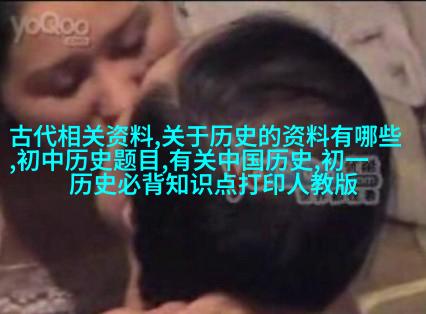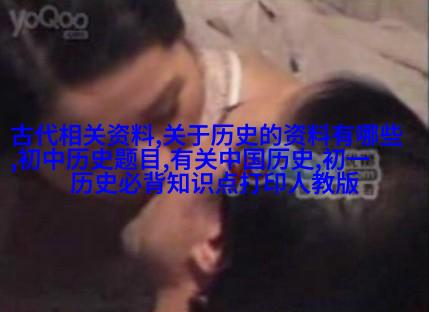
明朝历史用英语怎么翻译-Decoding the Ming Dynasty A Guide to T
Decoding the Ming Dynasty: A Guide to Translating Chinese History into English

The Ming dynasty, which lasted from 1368 to 1644, is a significant period in Chinese history. As such, translating Ming dynasty history into English can be both fascinating and challenging. This article will provide insights and practical tips for accurately translating key terms related to this era.
Firstly, it's essential to understand that the translation of historical events and concepts must convey their original meaning while also being culturally sensitive. For instance, "明朝" (Ming dynasty) translates directly as "Ming dynasty," but its significance extends beyond just naming the ruling house of China during that time.

Another crucial aspect is understanding the context in which certain words or phrases were used during this period. Take "满洲" (Manchu), for example; it refers specifically to the ethnic group that founded and ruled the Qing dynasty after overthrowing the Ming. However, when discussing early interactions between Manchus and Han Chinese people within China proper before they seized power in Beijing in 1644 AD., using terms like "Manchu conquest" might not be entirely accurate as it would imply a one-sided conflict.
Moreover, there are specific vocabulary items associated with various aspects of life under the rule of Zhu Di or other emperors during this time span—such as military ranks like 将军 (jungar), administrative positions like 巡抚 (xunfu), religious titles such as 宗室(zongshi)or even imperial symbols such as 宝座 (baozuo). Understanding these nuances allows you to create more authentic translations.

Lastly consider how cultural practices played out across society at large - e.g., marriage customs involving betrothals through gifts called bride price system or traditional clothing styles known today by names derived from them i.e., hanfu etcetera.
To sum up translating Ming dynasty history into English requires careful research on terminology along with an understanding of broader contexts so your readers can gain insight without losing any essence from what originally occurred centuries ago!




